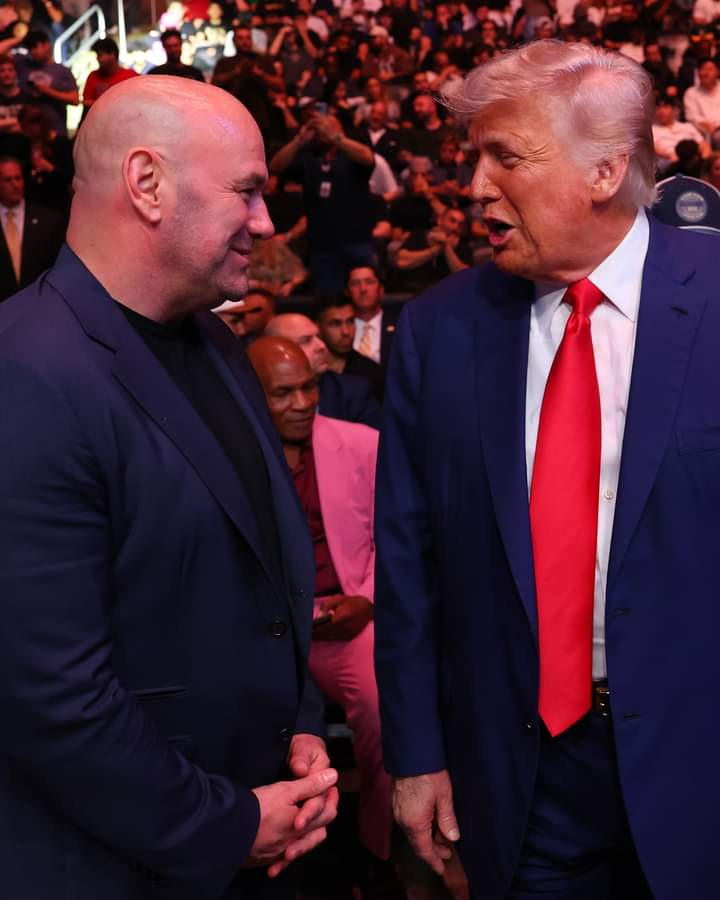In a significant shift, India has decided to step back from imposing retaliatory tariffs on American goods, marking a conciliatory move amid ongoing trade tensions. The decision comes as a response to mounting pressure from the Trump administration, signaling a willingness to avoid further escalation. Rather than engaging in a prolonged tariff war, Indian officials have opted for a more diplomatic approach, recognizing the potential economic repercussions of continued friction. This strategic retreat underscores the importance India places on maintaining stable trade relations with the United States, one of its largest economic partners.
With the threat of retaliatory tariffs now off the table, Indian authorities are shifting their focus toward securing direct negotiations with President Trump. High-level discussions are being prioritized in hopes of forging a fresh trade agreement that benefits both nations. Indian trade representatives believe that face-to-face dialogue, rather than punitive measures, will yield more favorable outcomes. The emphasis is on fostering cooperation rather than confrontation, with the goal of addressing long-standing trade imbalances and market access issues.
The decision to de-escalate tensions reflects a broader recognition of the interconnected nature of global trade. India’s economy, while robust, is not immune to the disruptions caused by trade disputes, particularly with a powerhouse like the U.S. By choosing diplomacy over economic retaliation, New Delhi aims to safeguard its export sectors while ensuring smoother access to critical American markets. This approach also aligns with India’s broader economic strategy of positioning itself as a reliable and cooperative player in international trade.
Behind the scenes, Indian policymakers are carefully calibrating their next steps to ensure that any future trade deal addresses key domestic concerns. Industries such as information technology, pharmaceuticals, and agriculture remain top priorities in negotiations. Officials are keen on securing concessions that could bolster these sectors while also addressing U.S. demands for greater market openness. The hope is that a balanced agreement will not only resolve current disputes but also lay the groundwork for stronger bilateral trade in the years ahead.
As talks loom on the horizon, the world will be watching to see whether this diplomatic overture leads to a breakthrough. The stakes are high for both nations, with billions of dollars in trade hanging in the balance. For now, India’s decision to withdraw retaliatory tariffs signals a pragmatic approach—one that prioritizes economic stability over short-term confrontation. Whether this move will pave the way for a mutually beneficial trade deal, however, remains to be seen.



